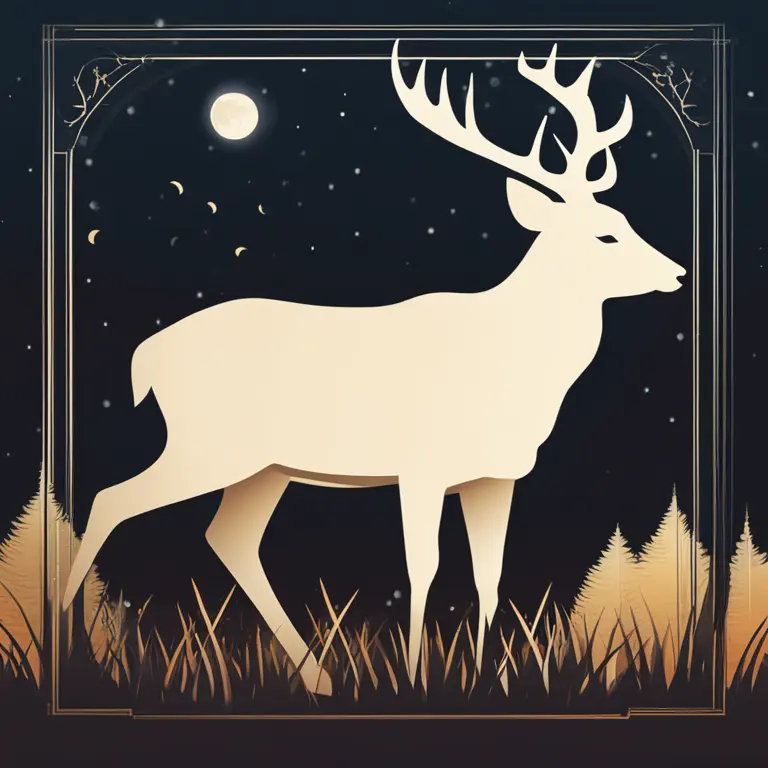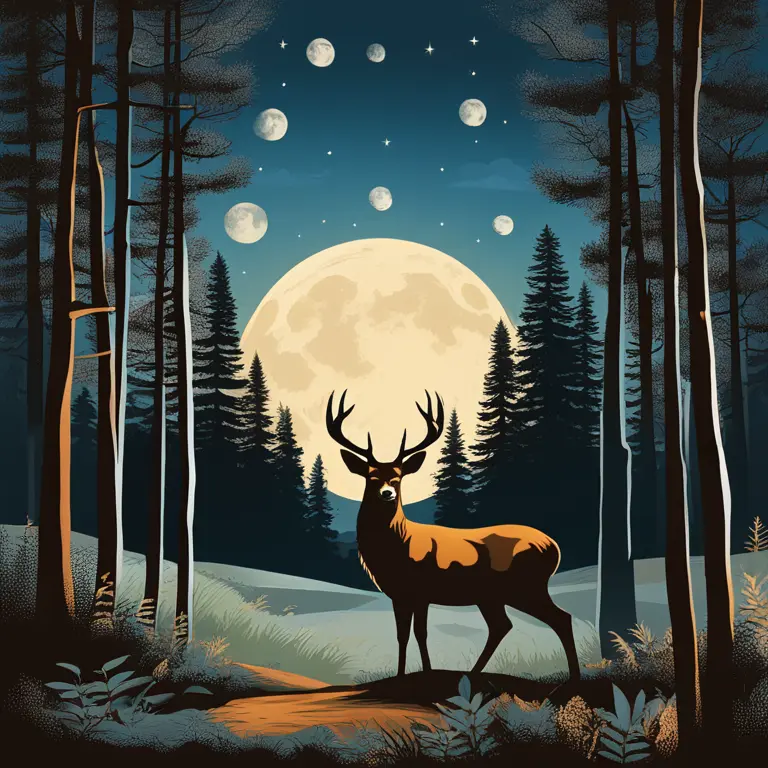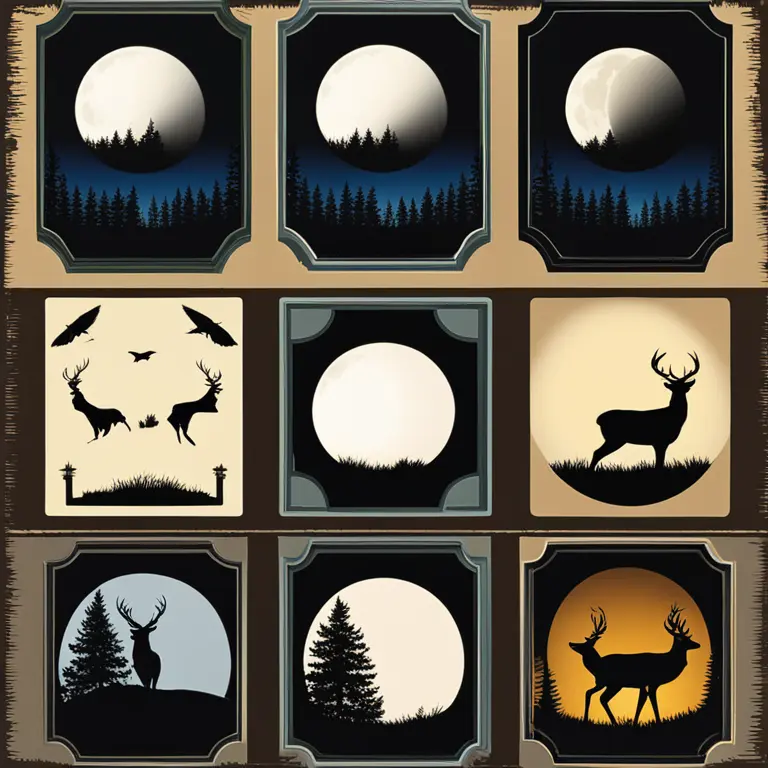
Optimal Moon Phases for Successful Deer Hunting
Discover the impact of lunar phases on deer activity and learn when to plan your hunting trips for the best chances at a successful harvest.
article by Priya Deshmukh
Moon Phases and Deer Behavior
Deer hunting enthusiasts often seek to optimize every variable for a successful outing, from the latest gear to the perfect timing. Among the celestial factors influencing wildlife activity, the moon's phase is frequently discussed in hunting circles. It is well-documented that animals, including deer, exhibit altered behavior patterns in response to different lunar stages. The moon's gravitational pull affects terrestrial conditions, such as tides and light levels, ultimately influencing the foraging and movement patterns of deer, making certain moon phases more favorable for hunters.

The Best Moon Phases for Hunting
So, what are the best moon phases for deer hunting? Many seasoned hunters swear by the days leading up to and immediately following the full moon. The increased nocturnal visibility afforded by the bright moonlit nights encourages deer to be more active. This activity carries over to dawn, offering hunters the advantage in the early morning hours. Conversely, during the new moon phase, when the night is darkest, deer tend to be less active at night and more active during daylight hours, also providing beneficial hunting conditions.

The Role of the Waxing Moon
As the moon transitions from a new moon to a full moon, the waxing phase commences. Deer may begin to adjust their routine in anticipation of the brighter nights to come. During this incremental brightening, hunters may notice a gradual increase in midday deer activity. The waxing phase provides a unique window where deer are adapting, possibly making them less cautious and more prone to patterns that can be anticipated and leveraged by hunters.

Hunting Near the Full Moon
When the calendar turns to the full moon, prepare for peak opportunities. Deer movement tends to be pronounced during these periods, making it easier to observe and predict their patterns. Aim to schedule hunts when the moon sets shortly after sunrise, as deer will often be active throughout the night and into early morning. In the days immediately following the full moon, their activity may still be elevated at dawn, creating prime hunting conditions.

Utilizing the Waning Moon
Post-full moon, the waning phase ushers in a gradual diminishment of nighttime illumination. Deer, having adjusted to the brighter full moon nights, might now find themselves more vulnerable at dusk and dawn. This can result in earlier evening movements and later morning activities, which again can be advantageous for hunters positioned and ready in the twilight hours.
Monthly and Seasonal Patterns
For best results, consider not only the daily moon phases but also the broader monthly and seasonal contexts. During the rut, which typically peaks in November, deer activity may be less influenced by lunar cycles and more driven by mating instincts. However, outside the rut season, the moon's influence can be more pronounced. Keeping track of the moon phases throughout the deer season can help hunters better plan their outings to align with potentially increased deer movement.
Final Considerations and Ethical Hunting
While lunar phases can play a significant role in deer hunting success, they are just one element of a broader strategy. Weather, wind conditions, and knowledge of the local deer patterns are equally crucial. Hunters should always practice ethical hunting, respecting wildlife and the environment. Regulations and permits must be adhered to, and any advantage gained from understanding the moon's influence should be employed responsibly and sustainably.
Published: 1/19/2024
Modified: 1/19/2024
More predictions
Come back here soon to learn more about yourself and your future


Moon Phases: Celestial Dynamics and Impact
Discover the intriguing facts about moon phases and their significance in celestial dynamics, astrology, and personal biorhythms.


The Precision of Moon Phase Watches: A Detailed Review
Delve into the world of astronomical timepieces as we discuss the accuracy of moon phase watches and their place in the realms of timekeeping and astrology.


Are Moon Phases Universal?
Delve into the intriguing question of whether the moon phase is the same across all locations on our planet, and how this celestial phenomenon influences astrology and horoscopes.